6 Ancient Crops You Should Grow Today – To Boost Health & Sustainability
With a history spanning thousands of years, ancient crops have many benefits, being nutrient-dense, packed with flavor, and resistant to climate change.
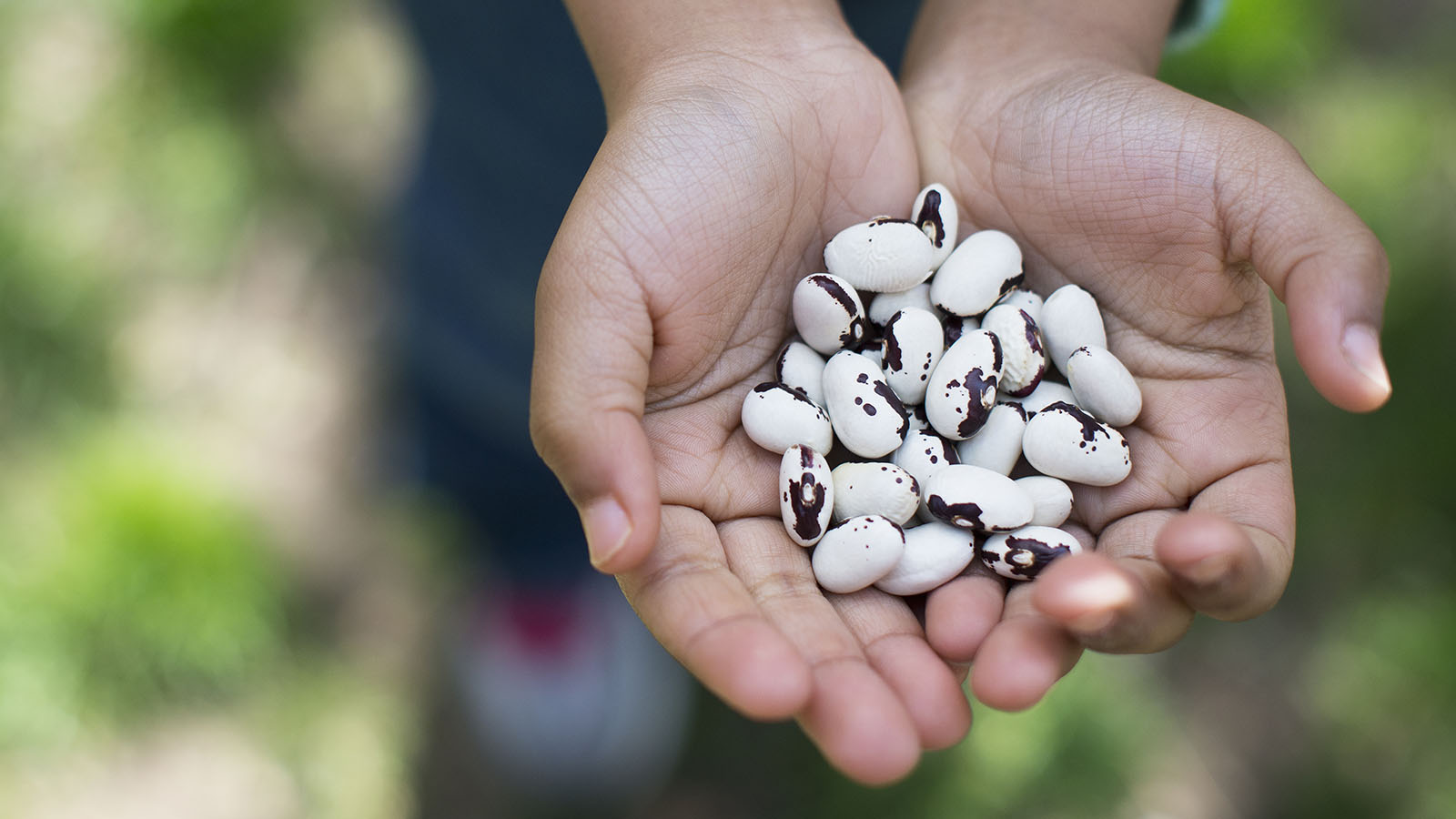

Many of the crops we grow today have ancient roots, but there were once a great deal more. Today, half of the world’s calorie intake comes from just three: corn, rice, and wheat. Over thousands of years, we became reliant on fewer food crops that are easy to grow, provide good yields, and are calorie-dense.
When growing vegetables at home, consider including some ancient crops in the mix. They are becoming increasingly important as climate change and other pressures take a toll on current staple crops.
Home gardeners and hobby farmers can grow some of these ancient foods to rescue them from extinction. Ancient crops also offer more variety in flavor and nutrients and offer a way to support more sustainable agriculture.
This selection of ancient crops is highly versatile and can be grown by anyone, depending on local growing conditions and your USDA hardiness zone.
1. Amaranth
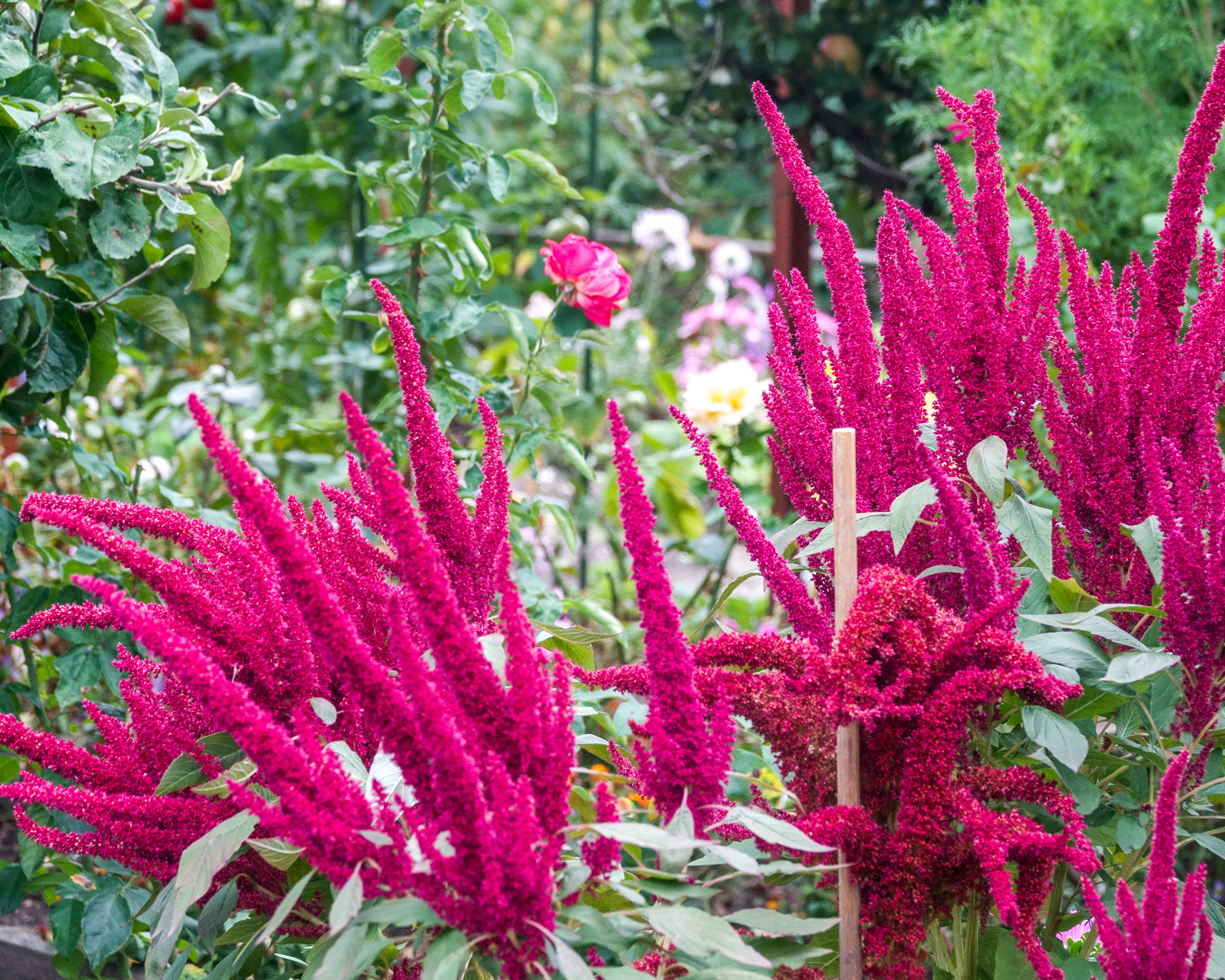
Species of amaranth (Amaranthus spp.) were cultivated in Africa, Asia, and the Americas. Every part of the plant is edible. It can be eaten like a vegetable, or the seeds can be treated like a grain, similar to quinoa. The seeds are rich in protein, and the plant is packed with vitamins and minerals.
Depending on the species, amaranth can grow in USDA zones 3 through 10. It can be planted in most soils but prefers fertile, well-drained soil.
Amaranth is drawing attention today, not just for its nutrient profile, but also because it tolerates drought very well – a quality important for climate change.
Gardening tips, videos, info and more delivered right to your inbox!
Sign up for the Gardening Know How newsletter today and receive a free copy of our e-book "How to Grow Delicious Tomatoes".
To add to its many qualities, it's also an attractive plant. Its flowers make a striking addition to a home-grown bouquet.
2. Moringa
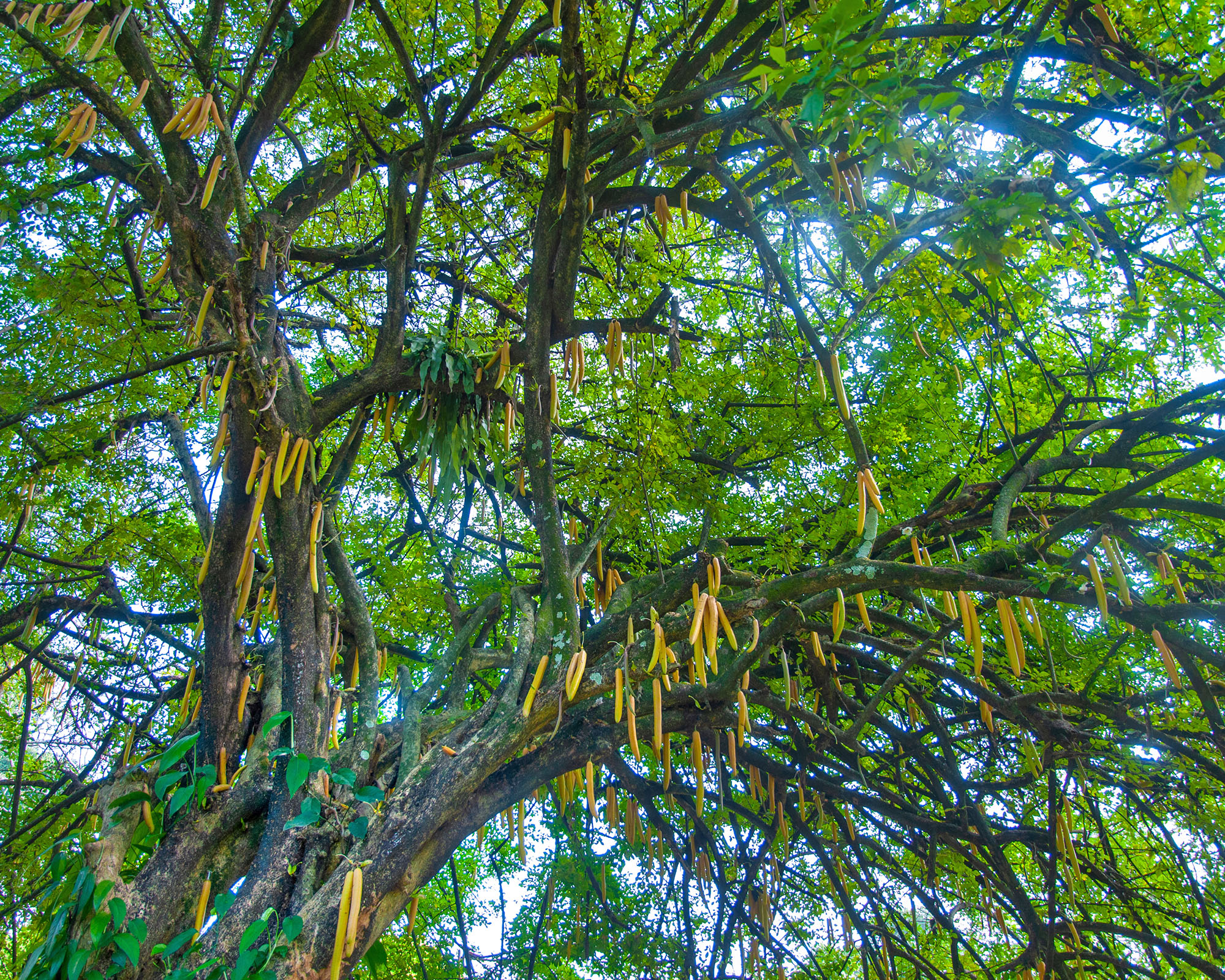
If you live in a warm climate, consider growing a moringa tree (Moringa oleifera). Hardy in USDA zones 9 through 11, moringa has edible leaves, roots, and seed pods.
Unusually for greens, the leaves of the moringa tree are very high in protein. Moringa is native to India, where it is a traditional vegetable used in many dishes.
Moringa trees can grow to about 35 feet (11m) tall and grow best in slightly acidic, well-drained soil. It needs moisture in the soil, full sun, and warm temperatures.
3. Bambara

Bambara (Vigna subterranean) is a peanut-like groundnut native to Africa, where it is a traditional food. The groundnuts are legumes similar in size to peanuts and very high in protein. Some people report they are tastier than peanuts, but bambara is more drought tolerant.
Bambara is a low plant with creeping stems. It produces edible seeds in pods that ripen below the soil. You can eat the seeds fresh. Alternatively, as with peanuts, you can dry them and then boil them.
Grow bambara in zones 8 through 13 in any type of soil. They will tolerate poor soil and dry conditions.
4. Fonio
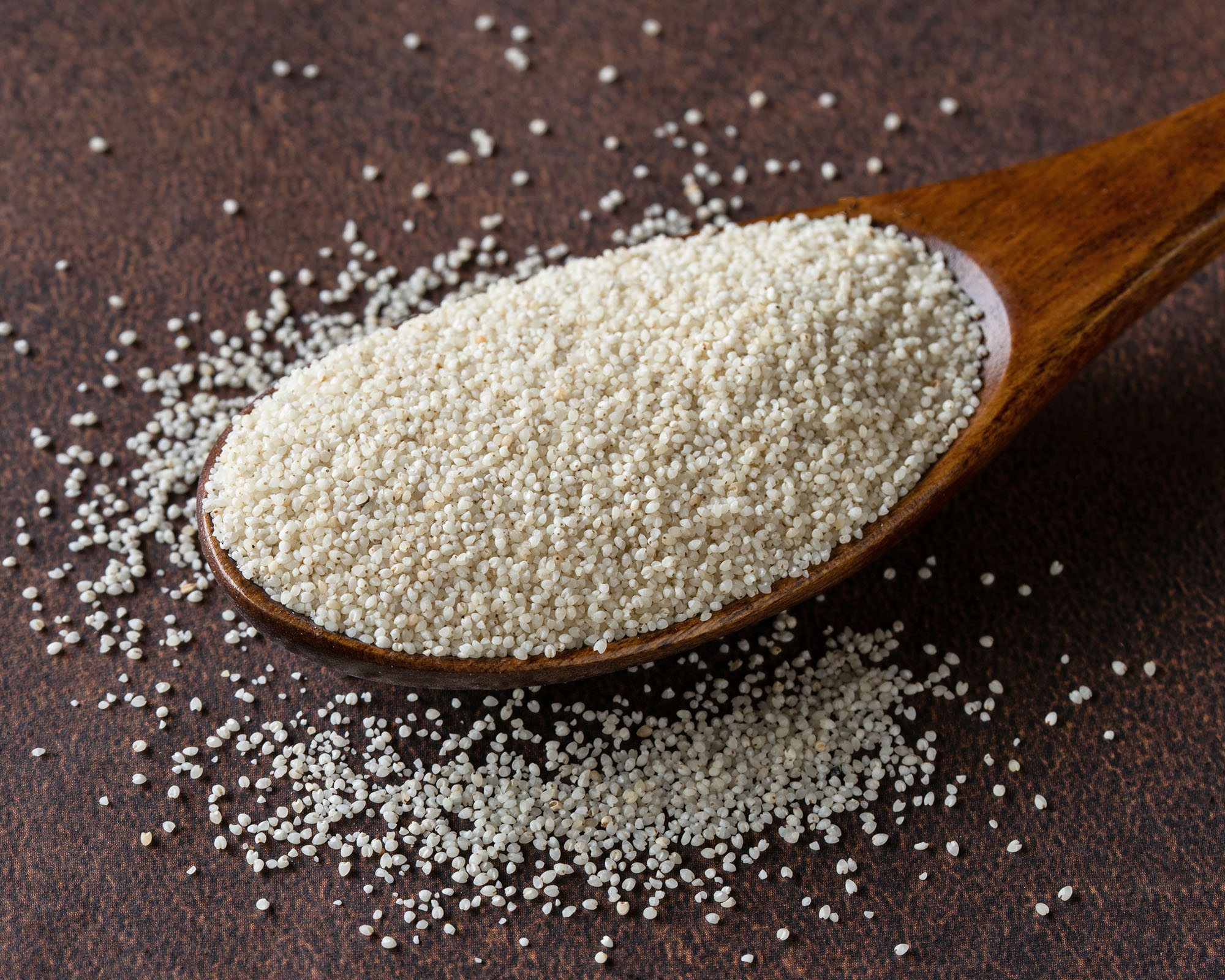
Fonio (Digitaria exilis) is one of the oldest grains cultivated in Africa. Growing fonio from seed is fast, taking just six weeks until it is ready to harvest. It is high in protein, gluten-free, and contains many micronutrients. The small grains of fonio cook very quickly into a porridge-like consistency.
Grow fonio in zones 9 through 11 in almost any type of soil. Fonio tolerates drought conditions and poor soil. Once seeds germinate in the soil, fonio doesn’t require much care until it is ready to harvest.
5. Cowpea
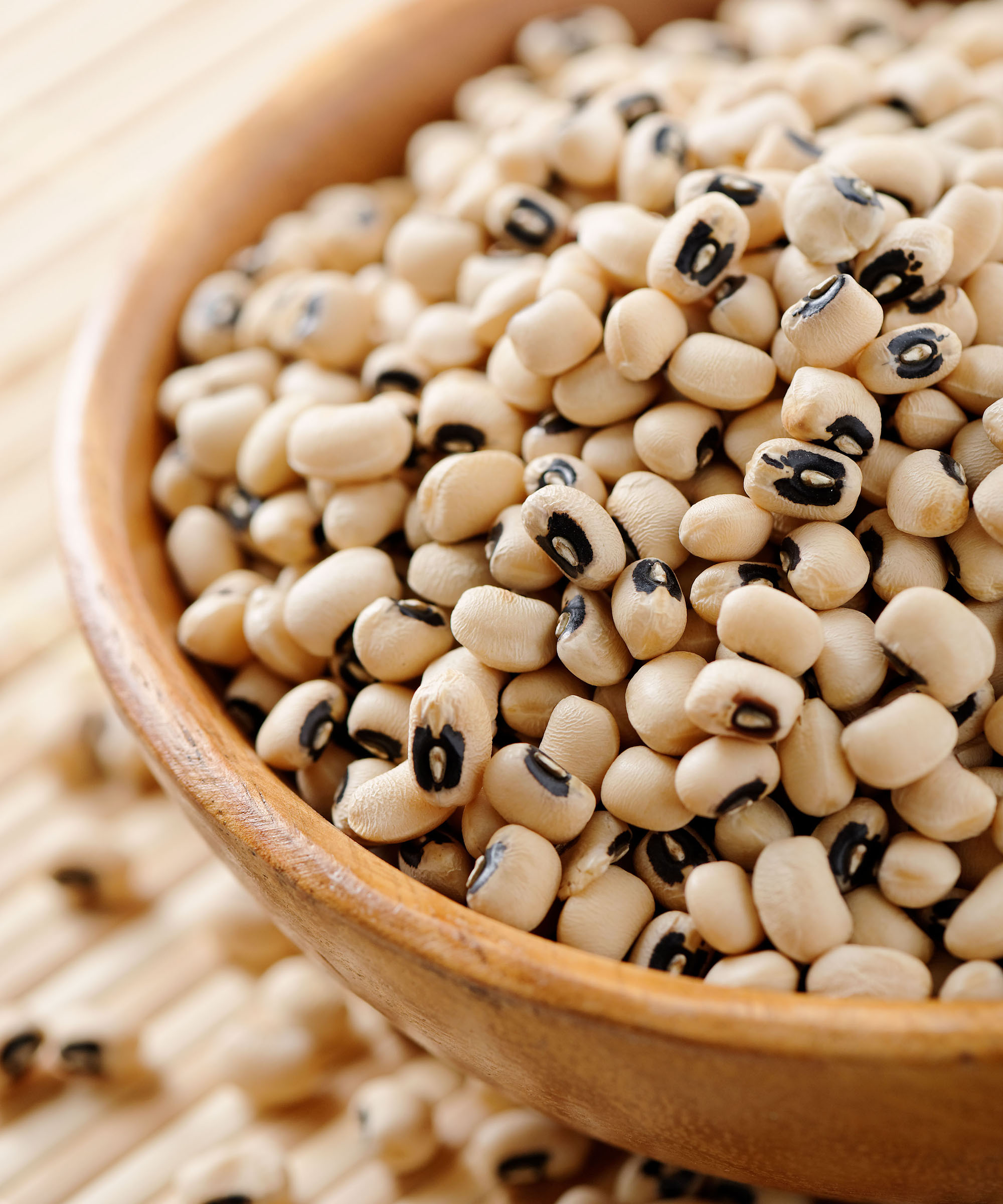
If you live in the southern US, you probably encounter this ancient food often. Black-eyed peas (Vigna unguiculata) are a type of cowpea. Traditionally grown in Africa, where it is still an important crop, every part of this plant is edible, not just the beans. In the US, cowpea has largely been grown as hay for feeding livestock, hence the name.
As with many important ancient crops, cowpea is drought tolerant. It also tolerates some shade and can be grown under taller crops, like grains. Many varieties grow best in warm climates, but depending on the type, cowpeas can be grown in USDA zones 5 through 11.
6. Taro
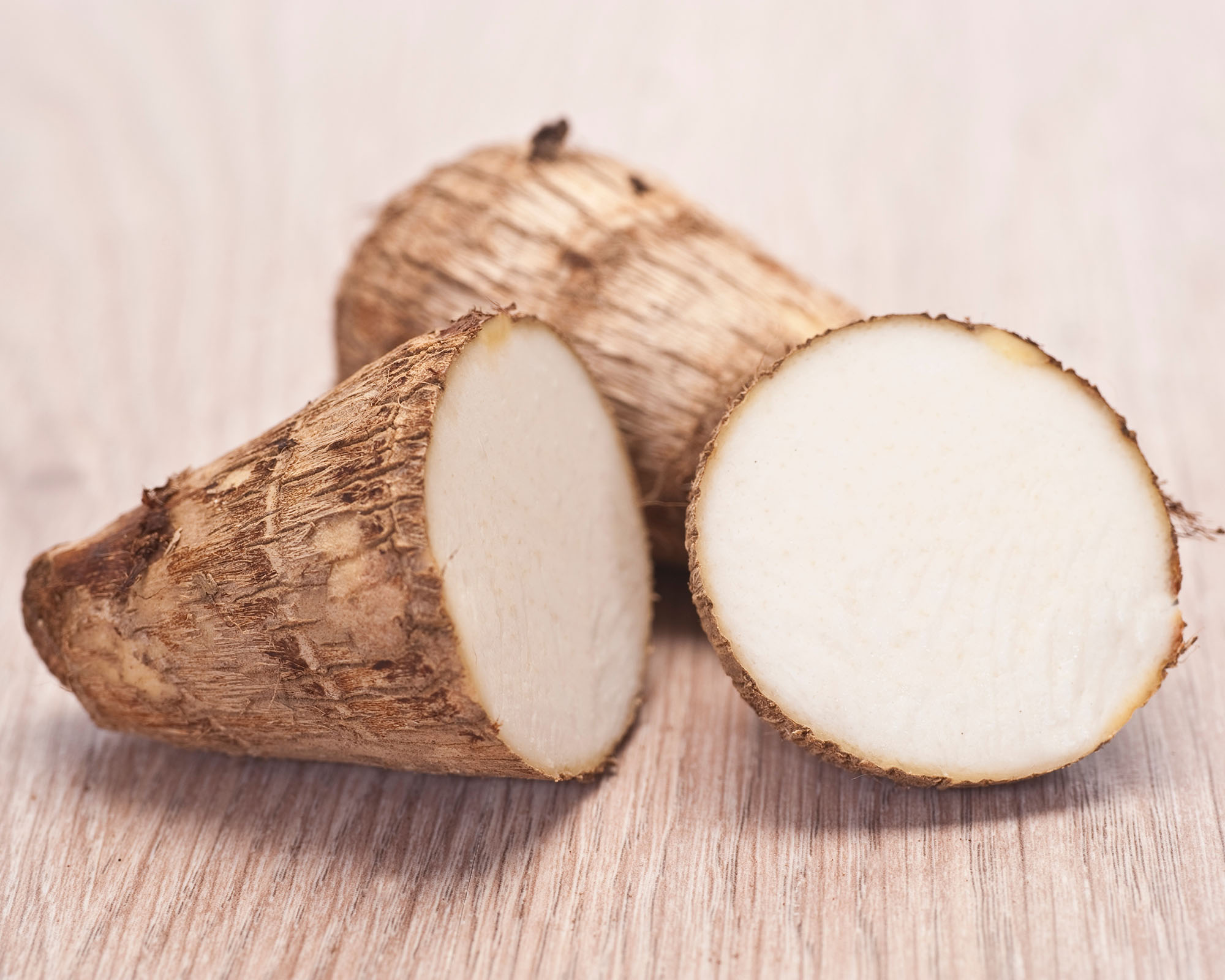
Taro (Colocasia esculenta) is native to the subtropics and tropics of southeast Asia and the Polynesian islands. It is hardy in USDA zones 8 through 11, but researchers are working on a variety that can be cultivated as an annual in more temperate regions.
The edible corm of the taro plant is rich in nutrients and high in fiber with a low glycemic index value. It can be cooked and eaten like a potato. The leaves are edible, but only if cooked properly. Raw taro leaves contain toxins.
Taro is often grown in wet paddies but can grow in regular soil. The soil must be rich and moist. Taro prefers full sun but will grow in shade as well.
Although this is an ancient food, it has never lost popularity in certain parts of the world. You can find several varieties to grow.

Mary Ellen Ellis has been gardening for over 20 years. With degrees in Chemistry and Biology, Mary Ellen's specialties are flowers, native plants, and herbs.
-
 Looking For Plants To Give You The Soft And Fuzzies? Try These 5 Fuzzy Leaf Plant Options
Looking For Plants To Give You The Soft And Fuzzies? Try These 5 Fuzzy Leaf Plant OptionsLovers of texture, drama, silver foliage and tactile plants will adore these special sensory garden additions. These fuzzy leaf plant options will leave you all aglow
By Susan Albert
-
 Get Ready For A Summer Of Hummers! Grow These Full Sun Hummingbird Plants and Flowers
Get Ready For A Summer Of Hummers! Grow These Full Sun Hummingbird Plants and FlowersIf you’re lucky enough to enjoy a sunny backyard, make sure you are maxing out on your pollinator opportunities and grow these full sun hummingbird plants and flowers
By Tonya Barnett